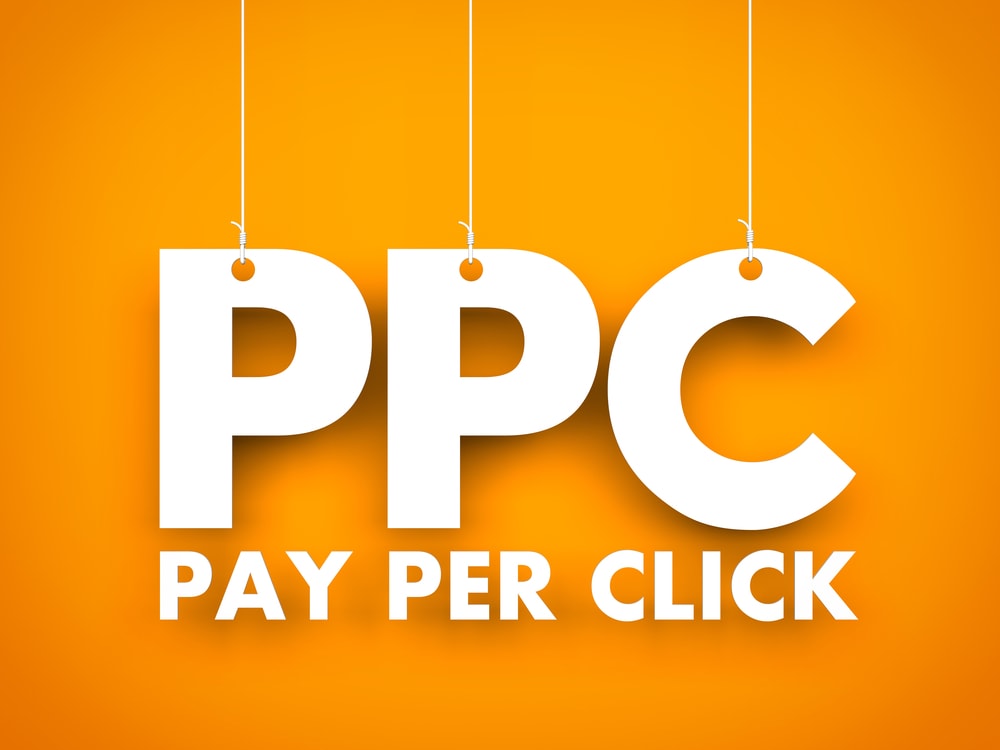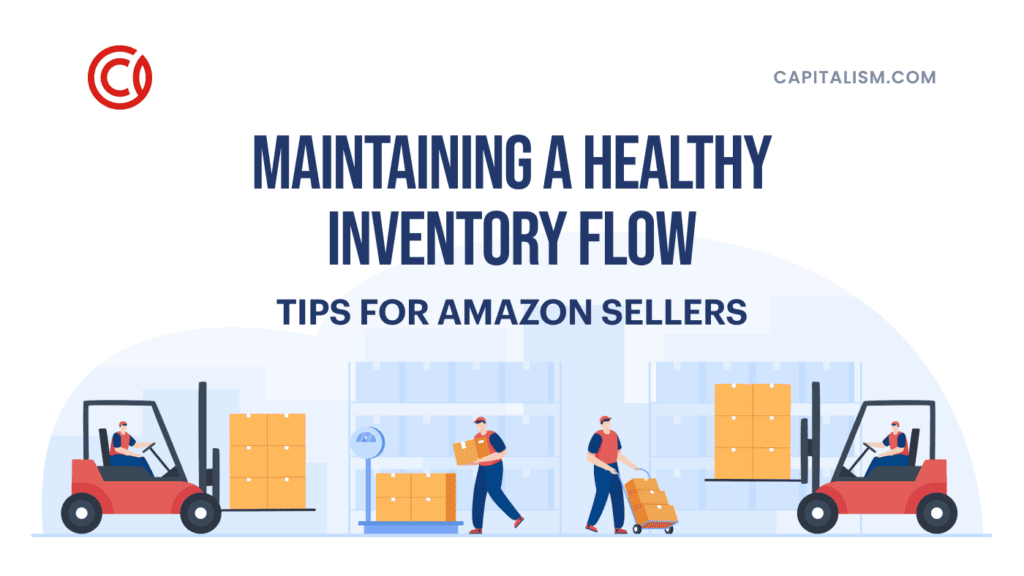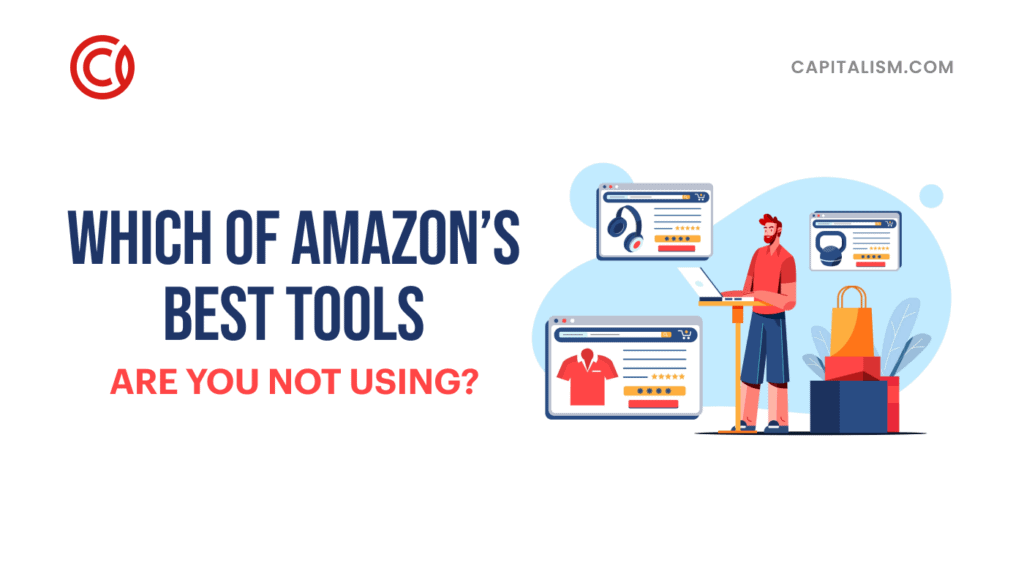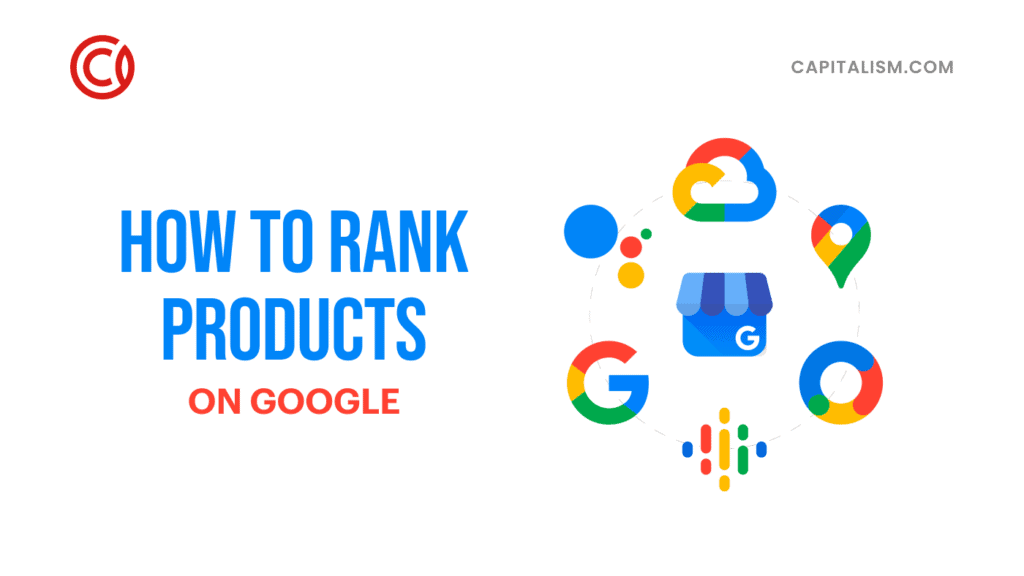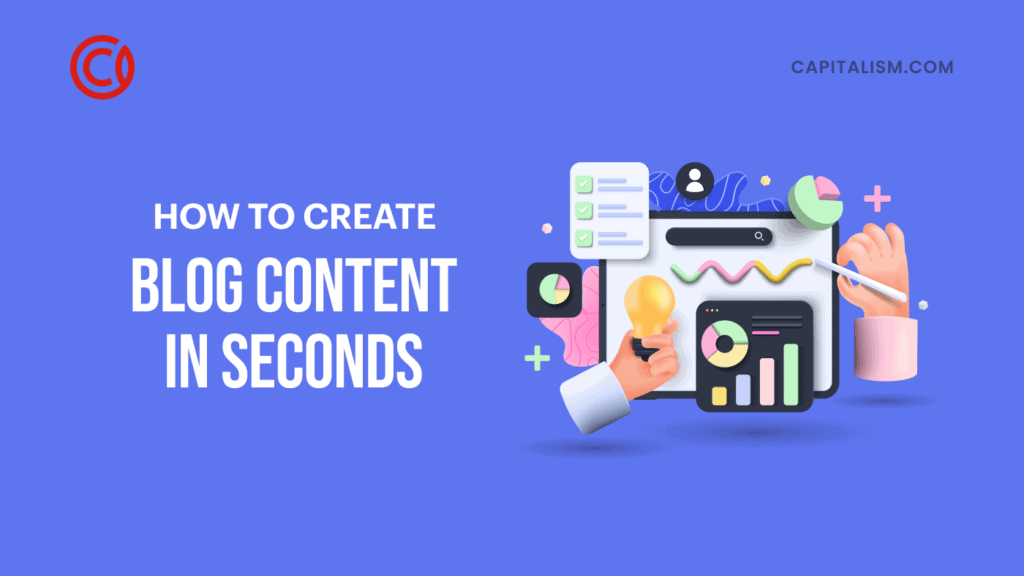Out of all the aspects of running a successful e-comm business, Amazon PPC ads management is the part clients say they hate most. Some feel inadequate to manage advertising properly on Amazon. Others know exactly what to do but simply don't have the bandwidth to do it. After all, you have to attend to the campaigns with enough regularity to be maximizing their effectiveness.
Outsourcing your Amazon PPC ads or DSP (Demand Side Platform) ads is a great option. But there are also several reasons an Amazon seller would want to keep ad management in-house.
Maybe you'd rather keep managing your ads but know there's room for improvement. If so, we want to help you, too! So, here are TurnKey's five best tips to optimize your PPC ads in-house.
Amazon PPC Ads Tip #1: Target low-risk keywords. Separate them from higher-risk keywords.
This means you need to target highly specific, relevant words to help your listing get discovered by relevant searches. Let's say you sell a great trail running shoe. A low-risk keyword would be "lightweight, trail running shoe." A medium-risk keyword would be more like "women's running shoe." This seems obvious. But the more specific you can get at nailing down what a customer is looking for, the easier it will be to intercept them along their buying journey.
You want to separate low, medium, and high-risk keywords so you can be more intentional with your ad budget. You may have a product that is very specific to what someone would want to buy. If so, you may want to pour most of your budget into low-risk keywords. Don't even waste your time with someone who is earlier on in the buying process. They likely don't know exactly what they want yet. If you sell an eye cream, you don't necessarily want to show up among general moisturizers, which would be a higher-risk keyword in this case.
Hot Tip: Running a promotion?
You may WANT additional visibility on your product listing. Because of the urgency of the deal running for a limited time, a customer with a broader search may just end up purchasing your product on a whim. If it were full-price or among lots of other products, it wouldn't have necessarily drawn their attention.
Amazon PPC Ads Tip #2: Don't forget placement bid adjustments.
Often, we see sellers simply neglecting to make adjustments based on the data coming in on their campaigns.
Here's an example:
This is a screenshot of a Sponsored Product ad at the campaign level. We see that product pages convert at a 65% ACOS, while Top of Search is converting at 159%. That tells me we need to reallocate some funds to support the better-performing campaigns.
Hot Tip: Don't assume all your listings will have similar ad trends.
In the case we just shared above, the product pages were converting really well. However, the Top of Search results were much less effective. When we then took a look at another product within the same brand, those percentages were flip-flopped. So don't make sweeping judgments about how to spend your ad dollars. Instead, frequently look at the ACOS and the performances of campaigns to make adjustments accordingly.
Amazon PPC Ads Tip #3: Utilize Search Term Reports.
Setting up campaigns for Seller Central PPC is doable for most sellers. But monitoring the campaigns and utilizing the data Amazon provides is another matter. If you aren't looking at the Reports section's data, you are missing out on a great opportunity.
What should you look for in that report? One thing is strong NEGATIVE keywords. No one likes to waste money. If you are working within a tight ad budget, denoting negative keywords is even more critical. This way, you aren't paying to show up in queries that will most likely not result in a sale. So if you see some negative keywords you want to include in your account, include them in your "negative phrase match" keywords.
This report can also help you identify seasonal or longer-tail keywords. Amazon doesn't hand over a lot of data to sellers. However, that doesn't mean the data isn't available somewhere. You can actually go into your reports and download them anytime. They will aid your decision-making in the future. Also, long-tail keywords can be less expensive. So, if you're finding keywords that convert for you, consider upping the budget for those long-tail keywords.
Hot Tip: Don't make this assumption.
Don’t assume just because your high-risk keywords are relevant to your product that you won't also end up matching with some lower-risk keywords that are utterly irrelevant to your product. If you sell a hairbrush, you don't want to accidentally trigger searches for a makeup brush, nail brush, or even dog brush. Amazon will even set up automatic campaigns that are not relevant to your listing. So, double-check that you are not spending unnecessary money on those terms.
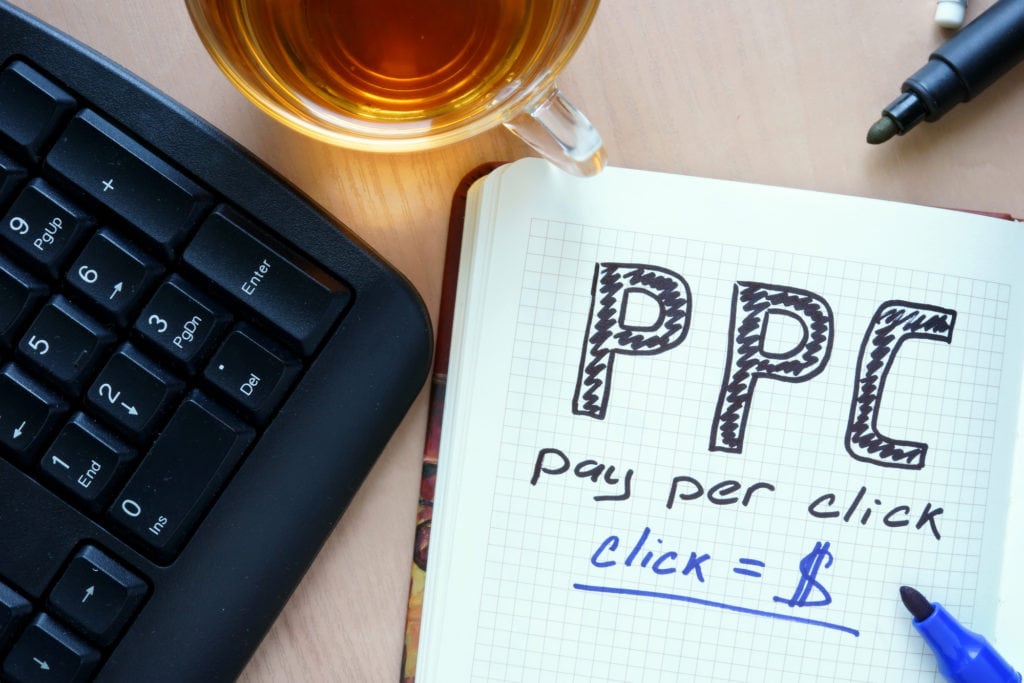
Amazon PPC Ads Tip #4: Sponsored Brands use Broad Match Modifiers.
Recently we did a PPC Account Audit for a prospective client. We found a great example of something not very well known when it comes to PPC ad campaigns. As it turns out, Sponsored Brand Campaigns' Broad Match Keywords behave differently in Sponsored Products.
In the case of Sponsored Brand ads, Amazon's algorithm will also pick up on similar products to push your product into searches that are close to your product. You want to avoid showing up in the wrong type of search. So, include Broad Match Modifiers to each keyword. Just click on the + sign to add in modifiers someone must include when searching. Again, let's say you sell a hairbrush. You want to be very specific about where you show up. So, you'd include "detangler +hair + brush." This will save you time and money.
Amazon PPC Ads Tip #5: Defend your brand keywords and product targets in all campaign types.
Sellers often misunderstand this tip. Sellers often express that they do not want to spend money bidding on their brand name. They say, "Shouldn't you already own that real estate if someone is searching for your product?"
Sure, there is a chance that if a customer searches for your brand of coffee on Amazon, your listing will come up. But if competitors are also bidding on your brand name, there is a chance they will come up even higher than YOU in the search results. Bidding on your brand name is a simple way to safeguard the search results. This way, someone looking for your products on Amazon will be able to find you.
Hot Tip: Bid on your competitors’ name.
In the same way you need to defend your brand with your PPC campaigns, you can also combat competitors by bidding on THEIR brand name. Let's say someone is searching for a particular brand of a popular yoga mat. You know they'd also LOVE your product. So, make sure you bid on that brand's name, so you are right there in the search results alongside your competitor. Then it's up to you to have a compelling listing that is ready to convert. Amazon actually encourages targeting your brand competitors!

Hottest Tip of All: Allocate the right budget.
Make sure you give sufficient budget to your brand keywords and other high-performing campaigns. You want to make sure these ads last all day. If you go into your dashboard right now, I guarantee you'll be shocked. Notice how some of your very best campaigns run out early in the day. When that happens, your ads don't reach their fullest potential for your product. Shift that budget around and support the campaigns that are supporting you!
Those are a few of our top tips! You might think to yourself, "Okay, I get the "how" now, but I'm just tired of managing my Amazon ads myself!" That's exactly why many of our clients ask us, "Can you just do it for me?" Outsourcing your PPC or DSP (Demand Side Platform) ads with a company like TurnKey Product Management is definitely a great option. Book a free call to determine if it's a good match.
By TurnKey Product Management
Jeff Lieber and the TurnKey Product Management team provided this article. TurnKey is an Amazon consulting company that sells over 8-figures in revenue for its clients each year. Whether you're just starting or are an Amazon expert, TurnKey can help take your sales to the next level. Click here to visit TurnKey's website, where you'll find free resources and training on how to scale to 7+ figures on Amazon.
